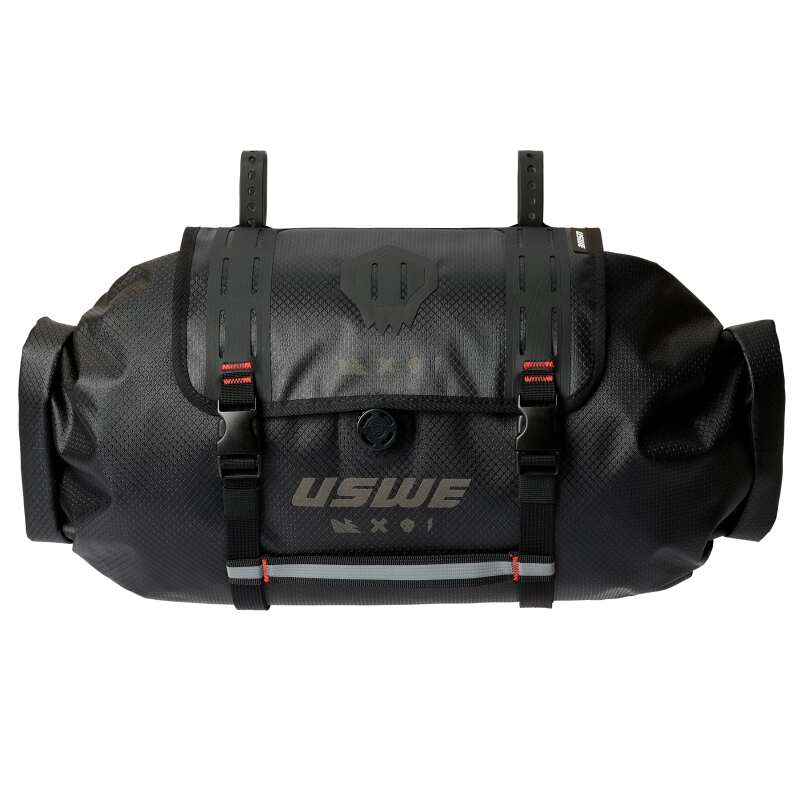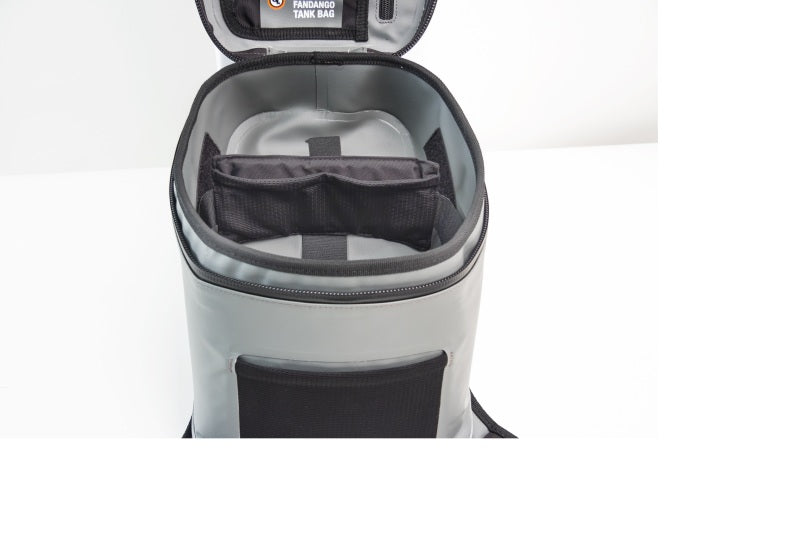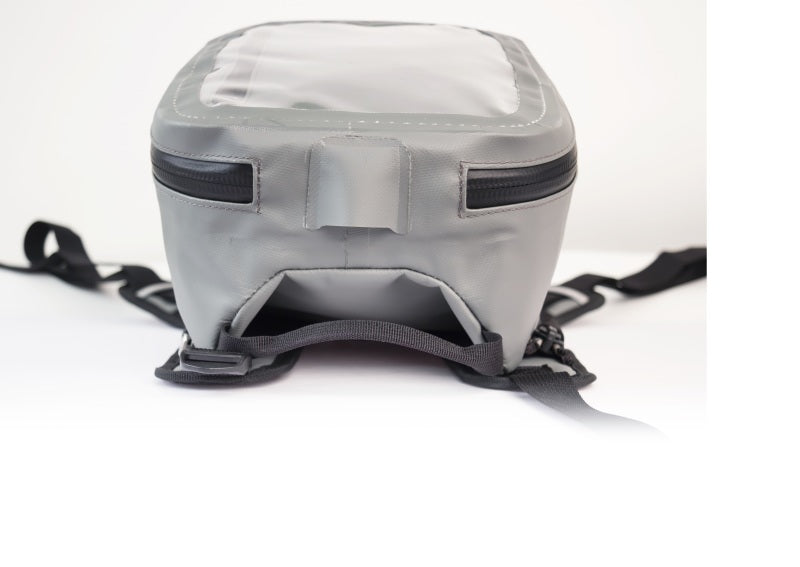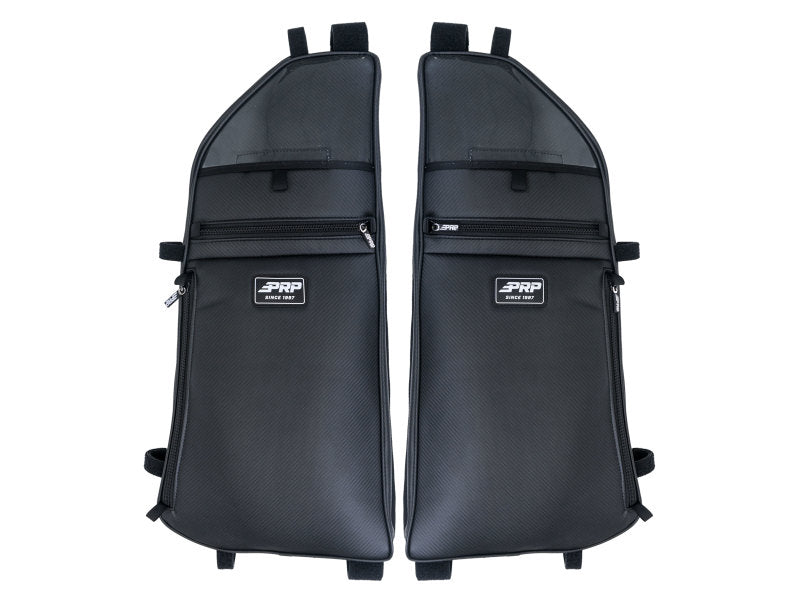Keep your cold air intake filter in great shape to help your engine run its best. Clean dry filters when you hit 15,000-30,000 miles, and oiled filters at 10,000-15,000 miles - just check what your filter maker says. Watch out for signs that your filter needs cleaning or replacing: your car might use more gas, feel slow to speed up, or make odd engine sounds. When putting in a filter, make sure it lines up right, the clamps are tight, and sensors sit where they should. Keep filters in a cool, dry spot and use covers to make them last longer. Add pre-filters and water guards to protect them better. Get a pro to check the parts that hold everything together to keep your system running strong. These basic steps set you up for better performance down the road.
Key Takeaways
- Clean dry filters every 15,000-30,000 miles and oiled filters every 10,000-15,000 miles, following manufacturer guidelines for optimal performance.
- Inspect filters regularly against bright light to detect damage and check for dark, dirty appearance indicating replacement needs.
- Use appropriate cleaning supplies matching your filter type and avoid strong water sprays or abrasive cleaning tools.
- Ensure proper installation with correct alignment, tight clamps, and secure sensor connections to prevent air leaks.
- Store filters in cool, dry locations and handle with gloves to maintain cleanliness and prevent premature wear.
Understanding Cold Air Intake Filters
Cold air intake filters help cars run better by letting more air flow into the engine. When picking a filter, it's important to know the difference between paper, cotton, and foam types, as each works best for different needs.
The intake system does more than just clean the air - it uses parts like heat shields, airflow sensors, and special tubes that work together. The intake system lets the engine vacuum pull air straight into the combustion chamber.
These parts bring cooler, thicker air to the engine while keeping the airflow smooth. By cutting down on air swirls and resistance, the system can add 5-20 more horsepower and help save gas. Advanced intake solutions provide significant performance gains for any vehicle.
Knowing how these parts work helps you get the most power and keep your system running well.
Essential Cleaning Steps
Regular cleaning is important to keep your cold air intake filter working well. The way you clean it depends on what kind of filter you have and where you drive. There are two main types: dry filters and oiled filters, and each needs its own cleaning steps. High-flow filters deliver superior engine performance when properly maintained.
Dry filters need cleaning after 15,000 to 30,000 miles of driving. Use a special cleaner and spray it from the clean side toward the dirty side. Oiled filters need more frequent cleaning, about every 10,000 to 15,000 miles. After cleaning an oiled filter, you must put fresh oil on it.
For both types, let them dry naturally or use gentle air pressure to dry them so they work their best.
To help your filter last longer, check it often for any tears or holes, make sure it fits right, and never use strong water pressure when cleaning. You can also use covers and shields to keep extra dirt out, which means you won't need to clean the filter as often while still keeping the air clean. Using pre-filters and hydro-shields can significantly extend the time between cleanings.
Signs of Filter Wear
Air filter problems can hurt how well your engine runs. When filters get dirty or worn out, your car uses more gas and the engine doesn't work as well - you might lose up to 10% of your engine's power. Today's cars have special tools that can tell when the air filter isn't working right and will warn you about it. Not replacing a dirty filter can cause damaged spark plugs due to excess fuel deposits. Using top-grade oils along with clean filters helps maintain optimal engine performance.
|
Warning Sign |
What to Look For |
|
Gas Usage |
Car uses more gas than usual |
|
Power |
Car feels slow to speed up |
|
Engine Noise |
Strange clicking or banging |
|
Dashboard Lights |
Engine warning light comes on |
|
Look at Filter |
Filter looks dark and dirty |
Keep an eye on these warning signs to keep your engine healthy. If you notice any of these problems, check your filter right away to stop engine damage before it gets worse. Catching these signs early helps your engine run better and last longer.
Proper Filter Installation Guide
A new air filter needs careful setup and the right preparation to work its best. Each type of filter must be put in differently, so following the maker's steps is key.
Start by getting your tools ready and unhooking the car battery before taking out the old parts. Popular brands like K&N and AEM offer proven reliability in their installation designs. Just like suspension components require precise fitment, your cold air intake needs exact positioning for optimal performance.
- Make sure the filter fits your car and have all tools ready
- Take out the old air system, including sensors and air box
- Put in the new air tube, lining it up with the engine opening
- Tighten all parts, clamps, and sensors as directed
- Start the car to check everything works right
After setup, let the car run at low speed so the computer can get used to the new airflow.
Look over everything again to make sure all parts are tight and the system runs smoothly.
Avoiding Common Maintenance Mistakes
Taking care of a cold air intake system means avoiding key mistakes that can hurt your filter and engine. Basic errors that shorten filter life include cleaning with strong water sprays or wire brushes, which can tear up the filter's parts. Using too much oil or spreading it unevenly makes the filter catch too much dirt and leaves some areas poorly protected. You need to check your filter often - look for rips, make sure it fits right, and watch for wear and tear. If you skip these checks, air can leak and your system won't work as well. It's also important to store filters the right way - keep them sealed up and away from moisture, dirt, and bright sun. When you take good care of these things, your filter lasts longer and your engine stays clean, letting the whole system work at its best.
Performance Optimization Techniques
A cold air intake works best when you take good care of it and make smart upgrades. Getting the most power means following clear steps to help air move better and keep your engine running smoothly.
Keeping an eye on parts and making needed changes helps maintain strong performance.
- Put in quality filters that match your car's needs
- Check all intake parts thoroughly every 10,000 miles
- Watch how your engine runs to spot any air blockages
- Add parts that work well together to boost performance
- Clean your filter regularly based on where and how you drive
Good upkeep and the right upgrades help air flow freely through your system.
Check often for loose clamps, damaged tubes, and cracks in the filter housing to avoid losing power. When making improvements, stick to what the maker suggests and ask experts before making big changes.
Weather Protection Strategies
Weather protection for cold air intakes needs three main layers of defense: catching dirt, handling water, and blocking bad weather.
Screens and water blockers work as the first line of defense, making filters last longer while stopping dirt and water from getting in.
Strong water barriers and wrapping the intake help stop water from flooding the engine. Put in safety valves and keep intakes high up, away from puddles.
Strong covers and weather-proof shields guard against rough weather, while good wrapping keeps air at the right temperature by blocking extra heat.
Follow a step-by-step care plan that includes checking screens, water barriers, and seals regularly. Clean filters as told by the maker, especially after bad weather, and use air pressure to keep filters clean and working well.
Tools and Equipment
You need basic tools to clean cold air intake filters well. The main cleaning supplies include spray cleaners that reach deep into filter folds, strong cleaners that break down dirt, and full cleaning sets that come with both cleaners and special oil.
Using the right tools helps you clean filters properly.
- Soft brush to sweep away dirt without hurting the filter
- 5/16th socket and screwdriver to take filters off and put them back on
- Clean cloth pieces to check and wipe the filter case
- Bucket filled with water to rinse thoroughly
- Oil tool to put fresh oil on the filter
When picking cleaning supplies, make sure they match your type of filter and follow what the maker says about using them safely.
This keeps your filter working well and makes it last longer.
Storage and Handling
Keep cold air intake filters in a cool, dry place out of sunlight and away from heat to help them last longer.
Store unused filters in their original box or sealed container to keep them clean and in good shape.
Use gloves when touching filters and try not to touch the filter surface.
Keep filters away from moisture since water can damage them and make them work poorly.
Make sure filters are fully dry after cleaning before you put them away, or they might grow mold.
Put clean filters in sealed plastic bags or their original box, and keep them in a clean space with no dust.
When throwing away old filters, put them in sealed bags and place them in outside garbage bins to keep dust from spreading inside.
Preventive Care Measures
Regular care helps your cold air intake filter last longer and keeps your engine running at its best. Following a clear maintenance plan and sticking to a set schedule ensures your filter works well and shields your engine. The most important steps include checking that it's put in correctly, cleaning it properly, and watching for any problems.
- Look at filters against bright light to spot worn or damaged areas.
- Clean filters when the maker says you should, based on what kind you have.
- Add safety features like pre-filters and water guards.
- Make sure everything fits and nothing rubs where it shouldn't.
- Use the right cleaning method for your filter's material.
Taking these steps helps stop engine damage and keeps air flowing smoothly.
Have a professional check the mounting parts, how tight the clamps are, and how the filter sits during regular upkeep. Pay special attention to keeping metal parts from touching each other and making sure everything seals properly.
Frequently Asked Questions
Can Installing a Cold Air Intake Void My Vehicle's Warranty?
A cold air intake upgrade can impact your warranty protection. Your warranty won't be canceled right away, but coverage limits vary by car maker. If the new intake causes problems with your car, those repairs might not be covered. Check your warranty papers or talk to your dealer before making changes.
How Much Horsepower Gain Can I Expect From a Cold Air Intake?
Cold air intakes usually add between 5 to 25 horsepower, but most cars get 8 to 12 extra horsepower. The power boost you'll get depends on your car type, engine size, and which intake you pick.
Should I Change My Engine Tune After Installing a Cold Air Intake?
A cold air intake changes how your engine breathes, so it's smart to update your engine's tune. This helps your engine handle the new air flow better and gets you the best power gains from your upgrade.
Are Universal Cold Air Intake Filters Compatible With All Vehicle Makes?
Universal cold air intake filters work with many cars but often need changes to fit right. Since cars have different shapes and sizes of air intakes, these "one-size-fits-all" filters don't always match up perfectly with every vehicle.
Does Engine Size Affect Which Cold Air Intake Filter I Should Choose?
Engine size plays a big role in picking the right cold air intake filter. Bigger engines need bigger filters that can pull in more air to run well and make more power.
Conclusion
Regular maintenance of cold air intake filters is essential for ideal engine performance and longevity. Proper cleaning protocols, timely inspections, and correct installation techniques guarantee maximum airflow and filtration efficiency. Visit Gexhaust for quality parts and expert guidance. By following manufacturer specifications, implementing preventive measures, and maintaining appropriate storage conditions, these systems can deliver consistent performance benefits while protecting against contaminants. Systematic maintenance scheduling and adherence to technical guidelines ultimately safeguard the investment in cold air intake technology. For professional assistance, Contact us today.





